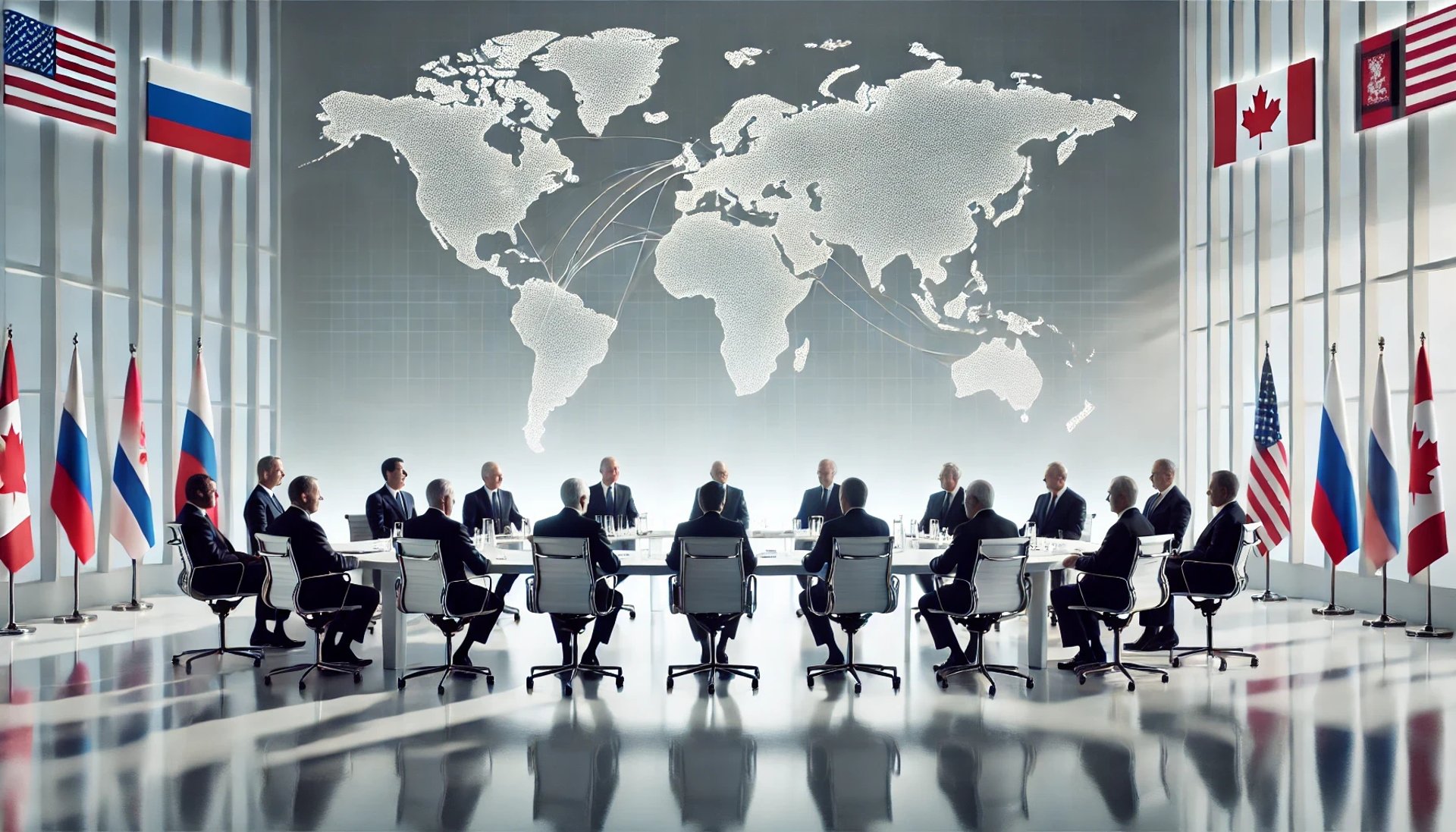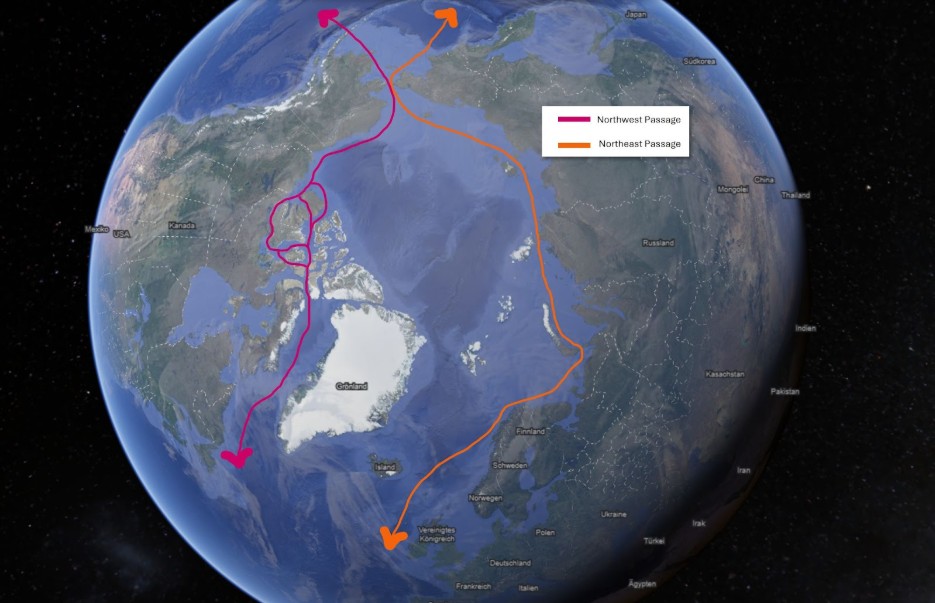Insights
Welcome to the nerve center of strategic intelligence—where AI, leadership, governance, and the future of work intersect. This is not just another insights section; it’s a blueprint for the future, a collection of deep, disruptive thinking that challenges conventional wisdom and equips leaders to navigate the next era of human and technological evolution.
We are standing at a pivotal moment in history. AI is not just a tool—it’s a force that is redefining power, policy, and productivity. The structures that have governed our world for centuries are shifting, and those who fail to adapt risk irrelevance. Through my insights, I decode these changes, making sense of complexity and turning disruption into opportunity.
What You’ll Find Here
🔹 AI & Leadership – How artificial intelligence is reshaping leadership, decision-making, and influence in the corporate and political arenas. AI is no longer a support system; it’s a co-pilot in governance and strategy.
🔹 Synthocracy & Governance – The future of policy and governance lies at the intersection of data-driven intelligence and ethical oversight. AI-driven policymaking, regulatory frameworks, and global governance models are evolving—fast. I explore how we can balance automation with accountability.
🔹 The Post-Work Economy – As automation displaces traditional jobs, we must rethink the very foundation of work, value, and economic stability. Universal Basic Income (UBI), decentralized economic models, and AI-driven labor markets are no longer theoretical—they are inevitable. The question is: How do we make them work?
🔹 Strategic Resilience & Crisis Management – In an age of geopolitical instability, economic volatility, and digital warfare, governments and corporations must build resilience through adaptive strategy and AI-driven risk mitigation. This is where the ability to anticipate, adapt, and lead through crises becomes a survival skill.
🔹 Digital Sovereignty & The Battle for AI Dominance – As AI systems become the backbone of governance, security, and economic power, nations and organizations must assert control over their digital futures. Who controls AI controls the narrative. The race for technological self-reliance is on.






